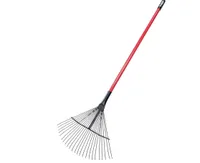First frost warning signs every gardener should know — protect your plants before damage occurs
Learn to recognize when frost is coming and take steps to prevent winter damage
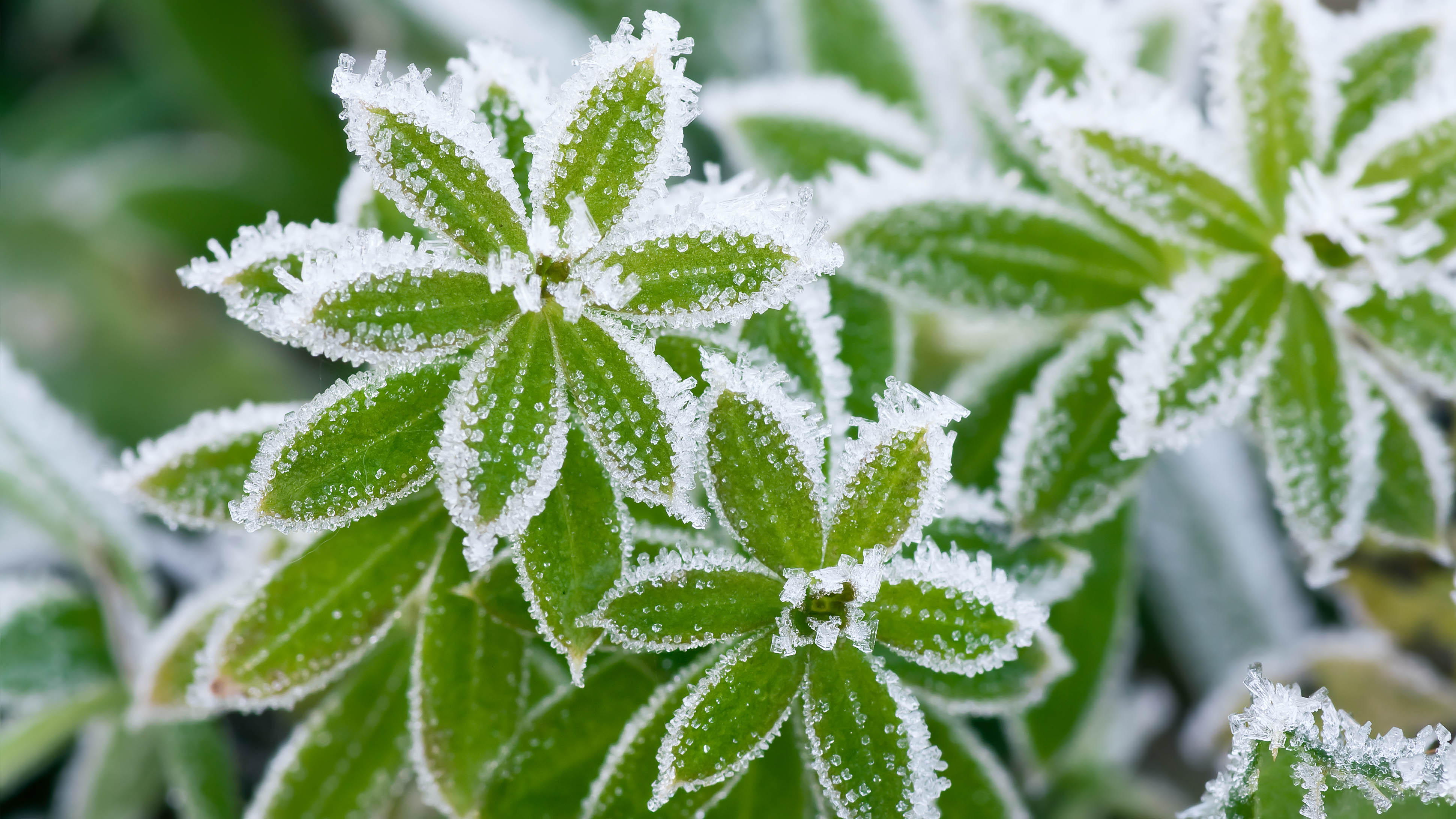
With temperatures beginning to drop across many regions, attentive gardeners should keep a close eye on weather forecasts. Recognizing when the first frost will hit can mean the difference between a thriving garden and one that suffers significant winter damage.
Tom Clamp, head of technical at Pelsis Doff, explains that preparing your outdoor space now can help protect plants from cold stress and maintain lawn health throughout winter. "While it's tough to predict an exact date, there are several telltale signs to watch for," he says.
If nighttime temperatures are forecasted to drop between 32°F and 39°F, with clear skies and little to no wind, it's quite likely you'll wake up to frost.
How to recognize when frost is coming

The timing of first frost varies significantly depending on your location and local conditions.
"Higher-altitude and northern areas tend to experience earlier and more intense frosts, while coastal areas, with their milder climates, tend to see frost later," Clamp notes. This regional variation makes it important to monitor conditions specific to your area rather than relying on general forecasts.
For gardeners wanting to stay ahead of the weather, technology offers helpful tools. "There are several weather apps that issue frost alerts a few days in advance, "Clamp says. "Apps like The Weather Channel and AccuWeather all provide localized forecasts and warnings,"
Why cold weather damages your lawn
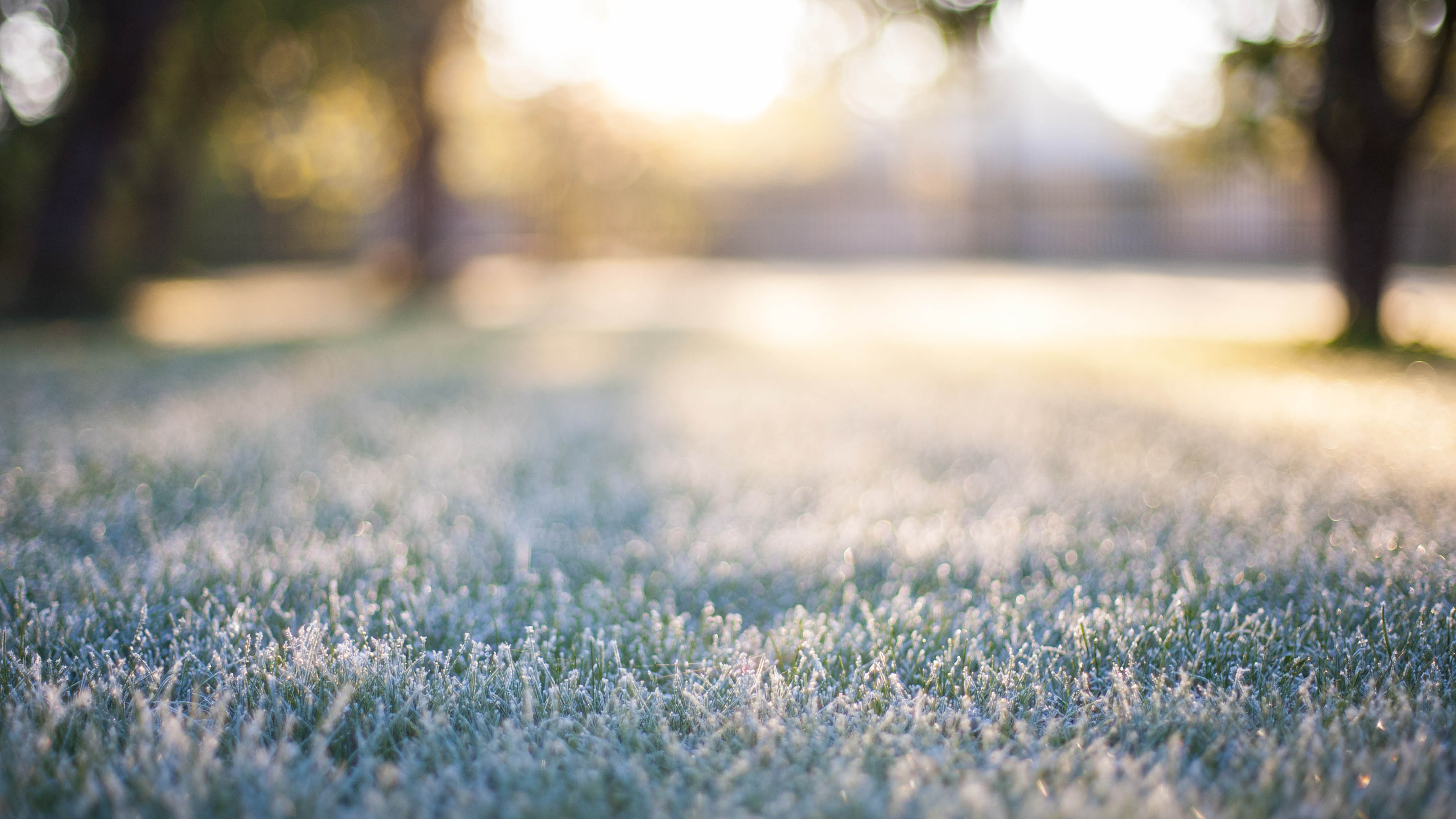
Understanding how frost affects grass helps explain why lawns become brittle and vulnerable during winter months.
"Repeated freezing and thawing can damage grass at a cellular level, while cold temperatures limit water absorption by the roots, leading to dehydration," Clamp explains. The damage isn't limited to freezing alone. "Winter winds can dry out grass further and cold weather also reduces the nutrients available in the soil."
This combination of factors makes lawns particularly susceptible to damage during frost periods, especially if proper preventative measures aren't taken before temperatures drop.
Protecting your lawn from winter damage
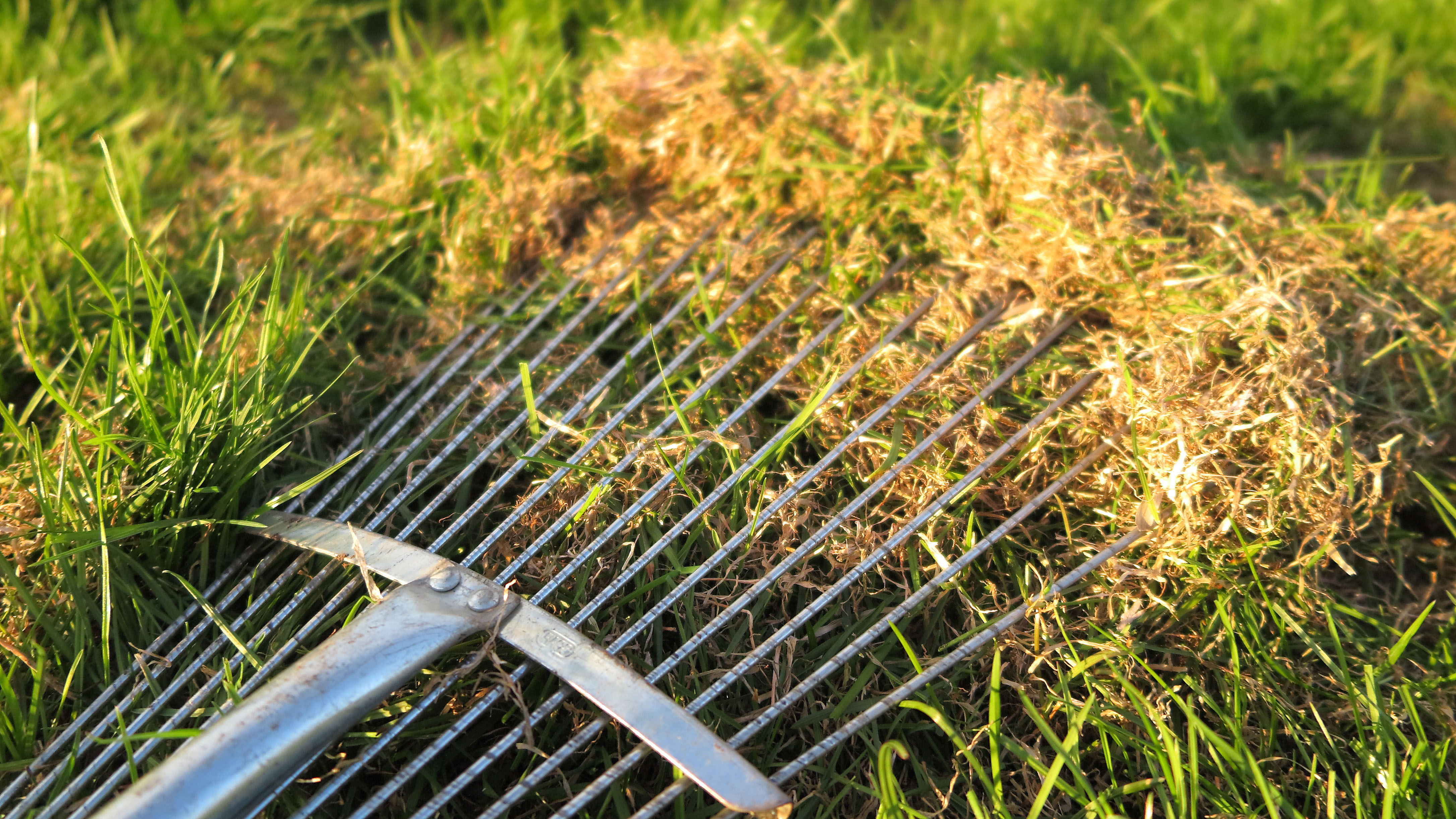
Prevention is always better than cure when it comes to winter lawn care. Tom shares several effective strategies for keeping grass healthy through the coldest months:
Adjust your fall mowing routine: "Keep your grass slightly longer in fall and winter — longer blades are more resilient to the cold," Clamp says. "Make sure your mower blades are sharp to avoid ragged cuts that invite disease." This simple adjustment provides natural insulation for the grass crown and root system.
Feed appropriately: "Apply a fertilizer that focuses on phosphorus (for stronger roots) and potassium (for stress resistance), rather than nitrogen, which encourages vulnerable soft growth." The right winter lawn feed can significantly improve cold hardiness.
Water wisely: Make sure to "water deeply but less frequently during dry spells to encourage deeper root growth," Clamp says. "Although it might seem unusual to water in winter, it can be beneficial in the right conditions." Deep roots help grass access moisture even when the surface soil is frozen.
Essential maintenance tasks: Before the first frost, "clear away fallen leaves and debris regularly, aerate compacted areas and remove any excessive thatch or moss buildup. "These tasks improve air circulation and prevent fungal problems that thrive in damp, covered conditions.
Tom emphasizes one crucial rule that many gardeners overlook: "Avoid walking on frosty or snow-covered lawns, as this can cause lasting damage to the grass." Frozen grass blades are brittle and easily broken, creating damage that can persist into spring.
Prepare for frost with this American-made heavy-duty thatch rake featuring 24 high-carbon steel tines and a durable fiberglass handle. It's essential for clearing leaves and debris that can damage your lawn during winter months.
Repairing winter lawn damage
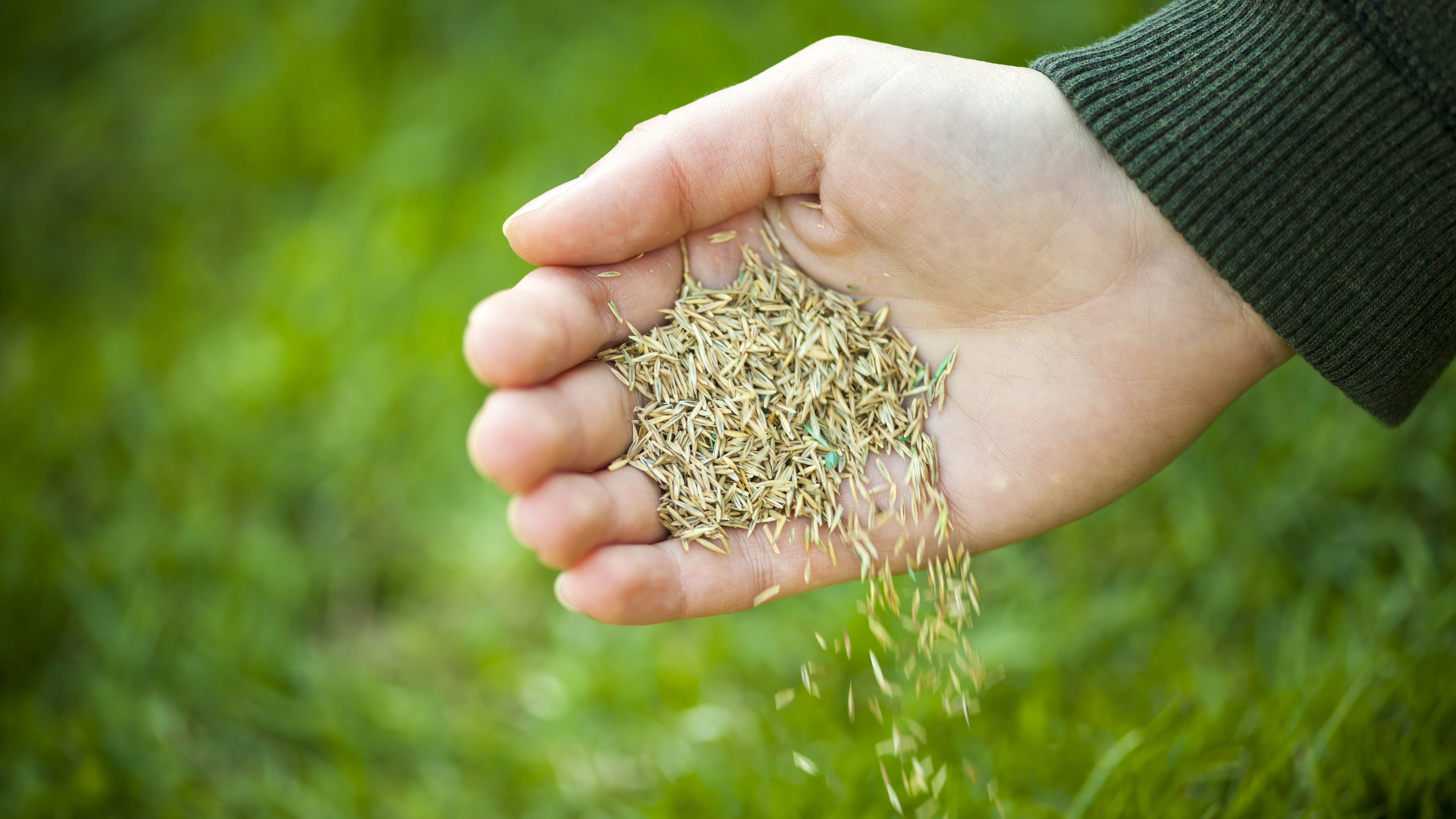
If your lawn already shows signs of brittleness or damage, all is not lost. Timing is essential for effective repairs. The best time to repair grass is in early fall or spring, when soil temperatures are above 45°F and the risk of frost has passed.
For damaged areas, selective intervention works best. "You can overseed thin or bare patches with lawn seed and with the right feed, younger lawns often recover quickly once the weather warms." Focus remediation efforts on the most visible or heavily used areas first.
By staying alert to frost forecasts and following these preventive steps now, you can help your lawn maintain strength and vitality throughout winter. This approach to winter lawn care helps ensure your garden remains a source of pride during the dormant season, and sets the stage for vibrant regrowth when warmer days return.

Follow Tom's Guide on Google News and add us as a preferred source to get our up-to-date news, analysis, and reviews in your feeds. Make sure to click the Follow button!
More from Tom's Guide
- Don't let your outdoor plants die this winter — 5 expert tips
- How to protect your garden from early frost this fall
- Don't ruin your patio! 7 steps experts say you must take ...
Get instant access to breaking news, the hottest reviews, great deals and helpful tips.

Kaycee is Tom's Guide's How-To Editor, known for tutorials that skip the fluff and get straight to what works. She writes across AI, homes, phones, and everything in between — because life doesn't stick to categories and neither should good advice. With years of experience in tech and content creation, she's built her reputation on turning complicated subjects into straightforward solutions. Kaycee is also an award-winning poet and co-editor at Fox and Star Books. Her debut collection is published by Bloodaxe, with a second book in the works.
You must confirm your public display name before commenting
Please logout and then login again, you will then be prompted to enter your display name.
